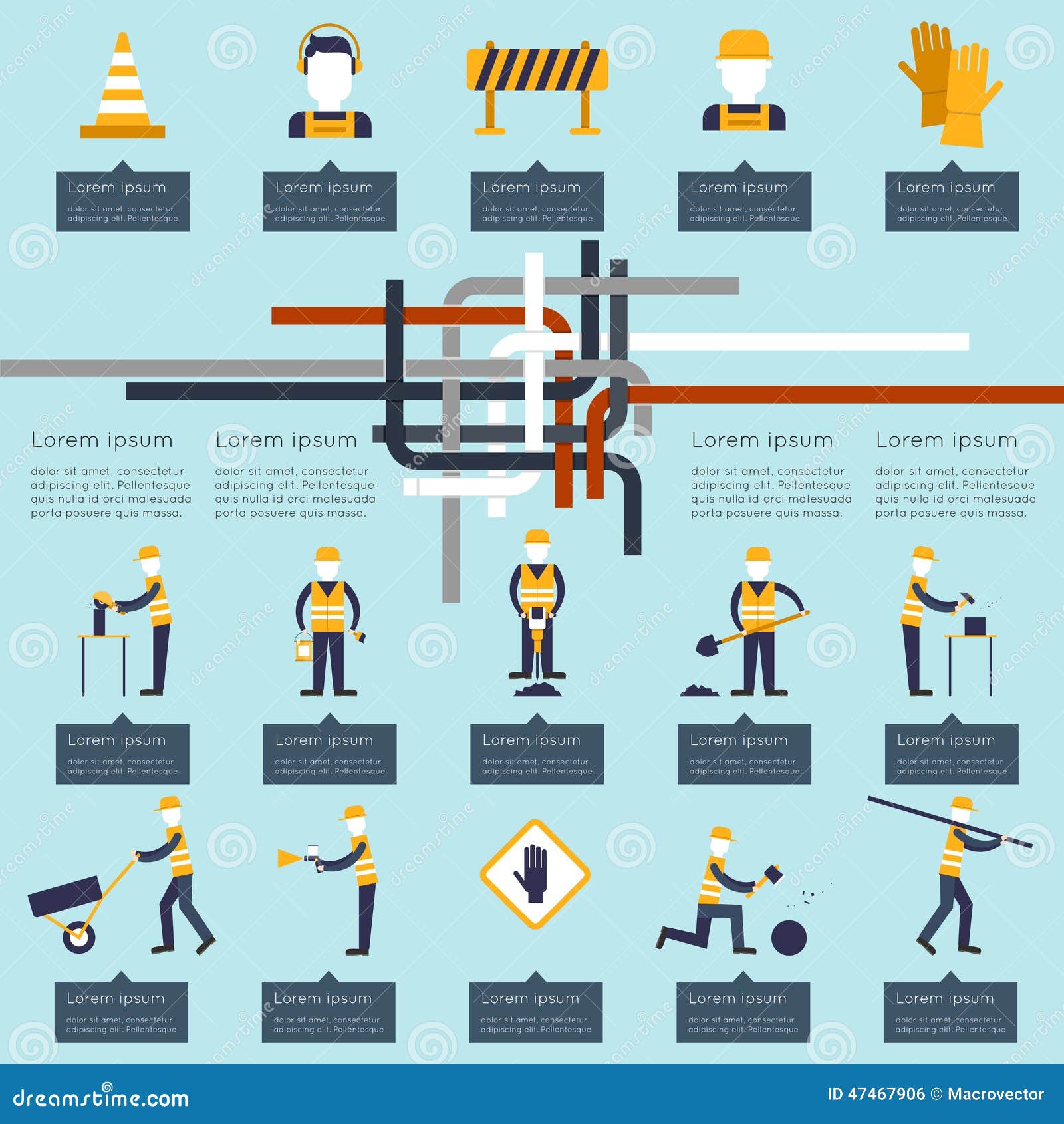Weather'S Effect On Business Outside Painting: Vital Expertise For Success
Weather'S Effect On Business Outside Painting: Vital Expertise For Success
Blog Article
Write-Up Developed By-Welsh Kidd
When you're preparing an industrial outside painting task, don't underestimate the effect of weather condition on your results. You need to consider variables like temperature level, humidity, and precipitation, as they can make or break your paint job. For example, did you understand that excellent conditions call for certain temperature level ranges and humidity levels? Failing to keep an eye on these aspects can result in uneven finishes and even damage to fresh paint. Recognizing building painters is essential to attaining a lasting, professional outcome. So, what particular climate condition should you be wary of?
Temperature Considerations
When it comes to industrial external paint, temperature level plays a critical role in the result of your job. If you're repainting in severe warmth, the paint can dry out as well promptly, causing issues like inadequate adhesion and uneven coatings. You want to go for temperatures between 50 ° F and 85 ° F for the very best results. Below 50 ° F, paint may not cure appropriately, while over 85 ° F, you take the chance of blistering and breaking.
Timing your project with the appropriate temperature levels is necessary. Beginning your job early in the morning or later in the mid-day when it's cooler, particularly during warm months.
Likewise, consider the surface temperature level; it can be substantially greater than the air temperature, specifically on sunny days. Make use of a surface thermometer to check this prior to you start.
If temperature levels are unforeseeable, watch on the weather prediction. Unexpected temperature decreases or warm front can thwart your plans. You do not wish to start painting just to have the conditions change mid-project.
Humidity Degrees
Moisture degrees significantly impact the success of your commercial exterior paint project. When the moisture is too high, it can prevent paint drying and treating, leading to a range of problems like bad bond and end up quality.
If you're preparing a work during damp conditions, you might discover that the paint takes longer to completely dry, which can expand your task timeline and rise prices.
On the other hand, low moisture can additionally present obstacles. Paint may dry out as well promptly, protecting against appropriate application and leading to an irregular finish.
You'll wish to monitor the moisture levels very closely to guarantee you're functioning within the optimal array, usually in between 40% and 70%.
To get the very best results, consider using a hygrometer to gauge moisture prior to beginning your project.
If https://www.chicoer.com/2023/03/25/painting-the-town-green find the levels are outside the optimal array, you may require to change your timetable or pick paints developed for variable conditions.
Always speak with the manufacturer's guidelines for specific recommendations on humidity resistance.
Precipitation Impact
Rain or snow can dramatically interrupt your industrial external paint strategies. When precipitation occurs, it can get rid of fresh applied paint or produce an uneven surface. Ideally, you want to pick days with completely dry climate to make certain the paint sticks correctly and treatments effectively. If you're caught in a shower, it's finest to stop the project and wait for conditions to boost.
Furthermore, snow can be much more destructive. Not only does it create a wet surface, but it can likewise lower temperature levels, making it difficult for paint to dry. This can bring about issues like peeling or blistering down the line.
It's essential to inspect the weather prediction before beginning your project. If rainfall or snow is forecasted, think about rescheduling.
Constantly bear in mind to enable adequate drying time between coats, particularly if the weather condition stays uncertain.
Conclusion
To conclude, keeping an eye on the weather condition is necessary for a successful business exterior paint job. By keeping track of temperature level, humidity, and rainfall, you can guarantee the most effective problems for application and curing. Remember to intend your job around positive weather condition and always adhere to producer standards. With the appropriate technique, you'll attain a resilient, stunning finish that can stand up to the elements. Don't let the weather condition capture you unsuspecting-- remain notified and repaint wise!
